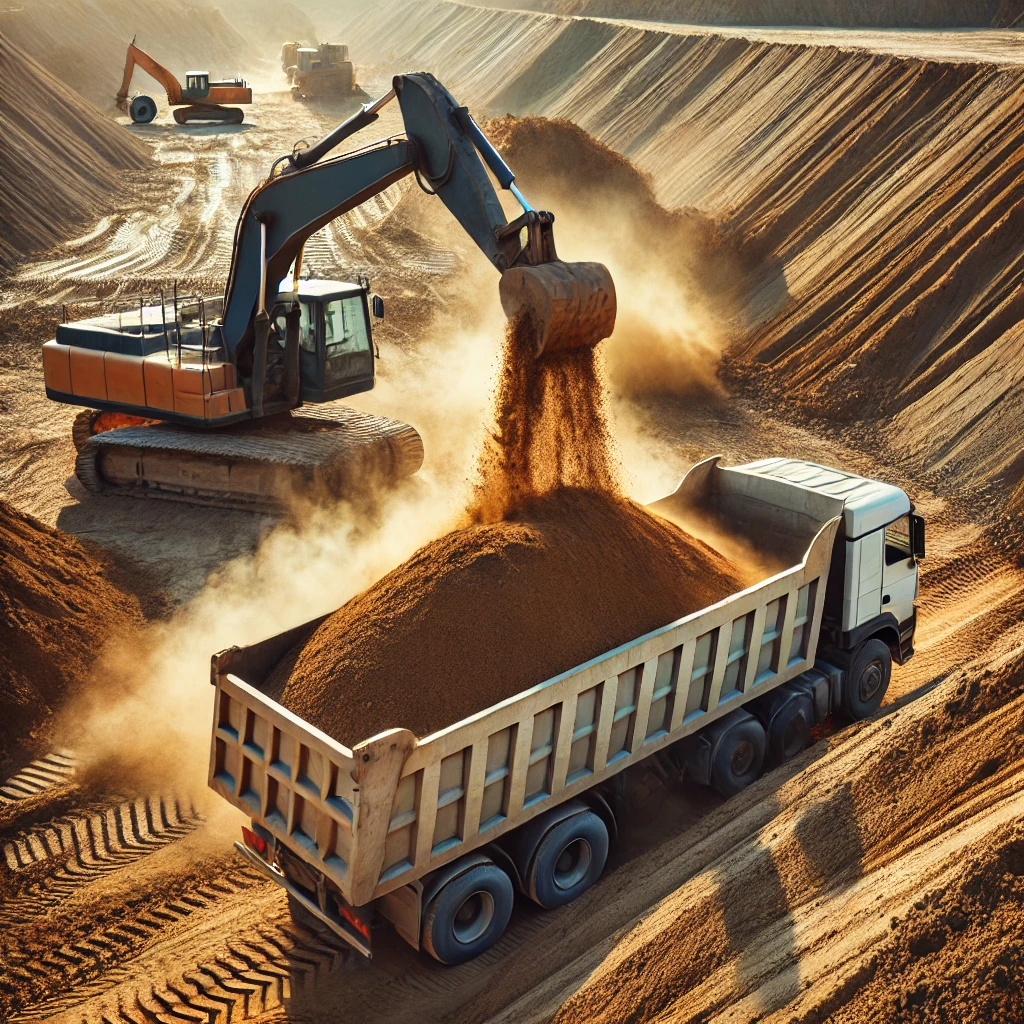How to Properly Inspect Select Fill for Your Construction Projects
Ensuring the quality of select fill is critical for the success of any construction project in Philadelphia. Proper inspection helps prevent structural issues, drainage problems, and unexpected costs. Contractors, developers, and project managers must be diligent in evaluating fill material before it is used on-site to ensure it meets the necessary specifications.
Why Select Fill Inspection Matters
Select fill is a foundational component in construction, used to support roadways, foundations, and landscaping. Poor-quality fill can lead to uneven settlement, poor drainage, and long-term stability issues. Conducting a thorough inspection before incorporating fill into a project ensures that the material meets engineering requirements and is free from contaminants.
Key Steps in Inspecting Select Fill
To ensure select fill is suitable for use, construction professionals should follow these key inspection steps:
1. Verify Material Composition
Select fill should consist of compactable soil with minimal organic matter, debris, or clay content. Examining a sample from the supplier before purchase helps determine if the material meets required specifications. The presence of large rocks, excessive silt, or organic material may compromise the structural integrity of the project.
2. Conduct Moisture Content Analysis
The moisture content of select fill affects its compaction and stability. Overly wet material can lead to poor compaction, while excessively dry fill may not bind properly. Using a moisture meter or conducting a simple hand squeeze test can help assess whether the material has the right balance of moisture for optimal performance.
3. Assess Grain Size Distribution
Proper grain size distribution ensures that select fill compacts well and provides adequate load-bearing capacity. Performing a sieve analysis or visually inspecting the material for consistency helps determine if it meets engineering specifications for particle distribution.
4. Check for Contaminants and Debris
Construction fill should be free from hazardous materials, organic matter, and foreign debris such as wood, trash, or construction waste. Contaminated fill can cause environmental hazards and regulatory issues. If unsure, laboratory testing for contaminants such as heavy metals or chemicals may be necessary.
5. Perform a Compaction Test
The effectiveness of select fill depends on how well it compacts. Conducting a Proctor test or a field density test ensures the material will provide a stable foundation once placed. Contractors should follow proper compaction procedures to achieve optimal density.
Where to Find Quality Select Fill in Philadelphia
Sourcing reliable select fill is key to avoiding quality issues. Borrow Pit connects contractors and developers with high-quality fill materials from trusted suppliers. Current listings include:
- 15,000 to 20,000 CY of Fill Dirt in Philadelphia, PA (Free)
- 15,000-20,000 CY of Good Clean Fill Dirt in Trevose, PA (Free)
Conclusion
Inspecting select fill before use is essential for maintaining structural integrity and avoiding costly mistakes. By verifying material composition, moisture content, grain size distribution, and compaction potential, contractors can ensure they are using high-quality fill for their projects. Using Borrow-Pit.com to source reliable select fill helps streamline the procurement process, ensuring construction professionals have access to top-tier materials that meet project requirements.




